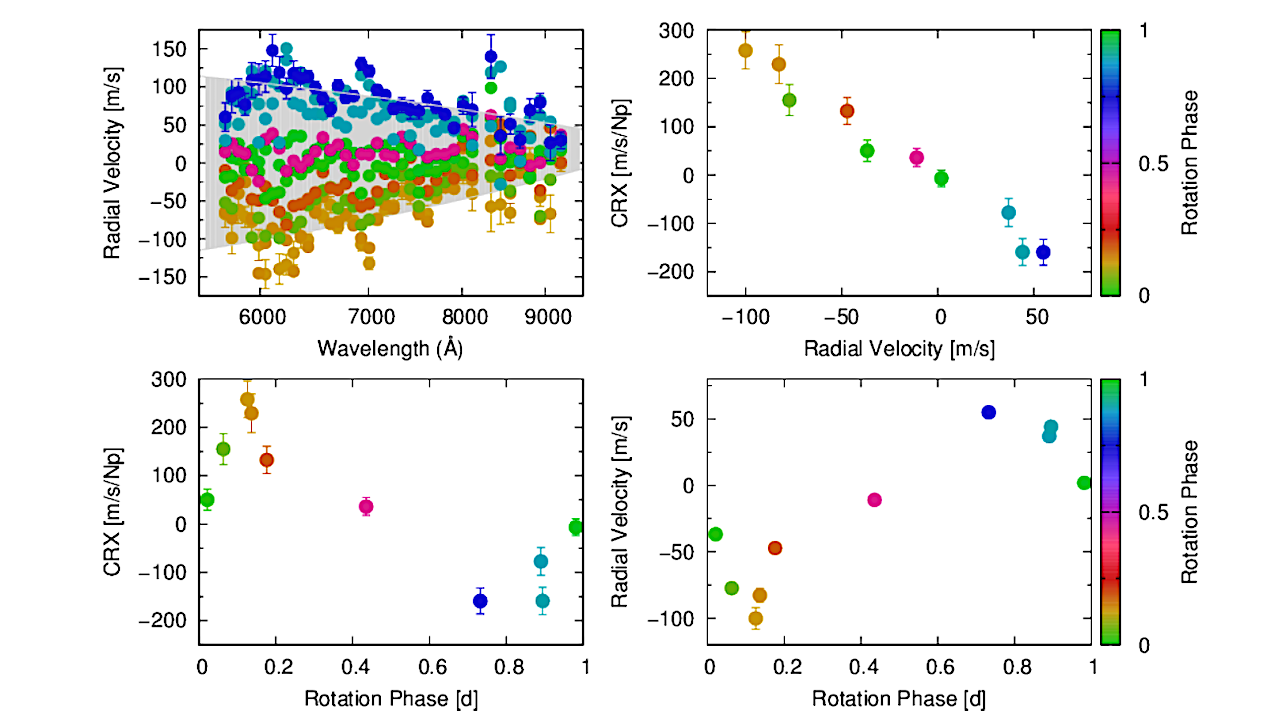The quest for new exoplanets has never been more exciting. The CARMENES project is at the forefront of this search, specifically targeting M dwarf stars—small, cool stars that could host planets with conditions right for life.
Why Focus on M Dwarfs?
M dwarfs are abundant in our galaxy and have habitable zones much closer to the star, making it easier to detect small, Earth-like planets within those regions. 
The Role of Wavelengths in Radial Velocity Measurements
Detecting exoplanets often relies on the radial velocity method, which measures how a star wobbles due to the gravitational pull of orbiting planets. The CARMENES team investigates how different wavelengths of light affect the precision of these measurements. By understanding this wavelength dependence, astronomers can refine their techniques, reducing noise and increasing the chances of discovering smaller exoplanets—even those potentially harboring liquid water.
This approach doesn’t just improve detection rates; it also helps astronomers better understand the atmospheres and compositions of both stars and their planets. With each advance, we come closer to finding worlds that could support life.
















